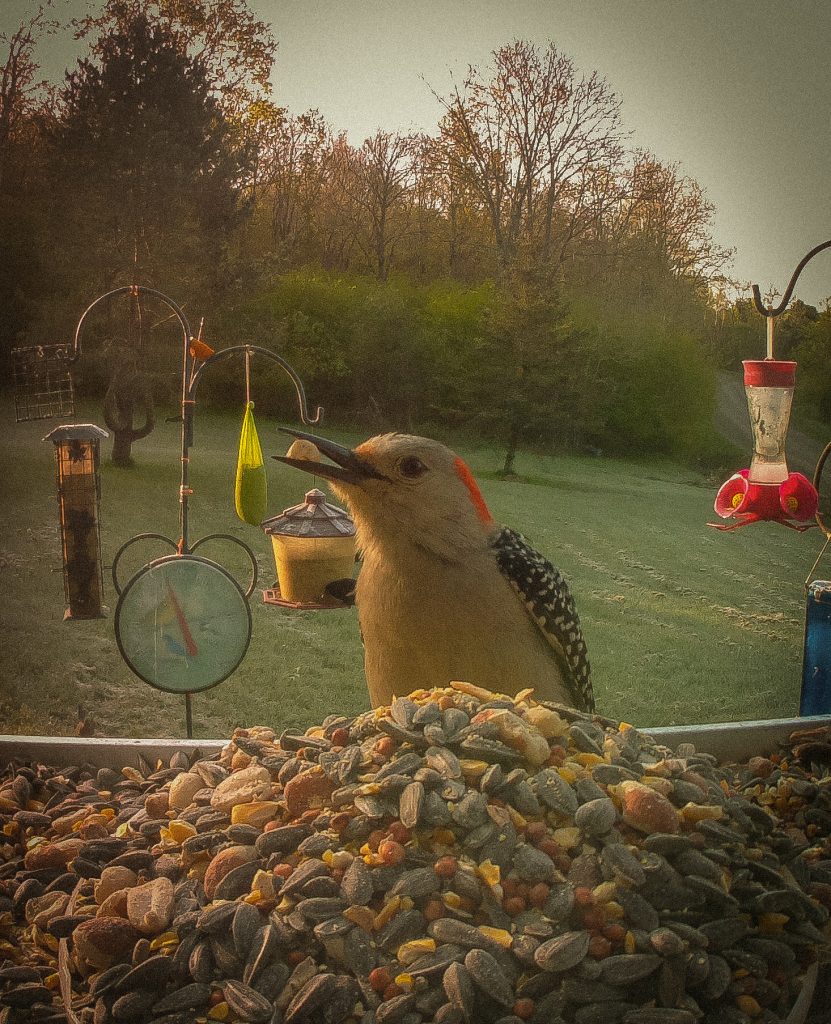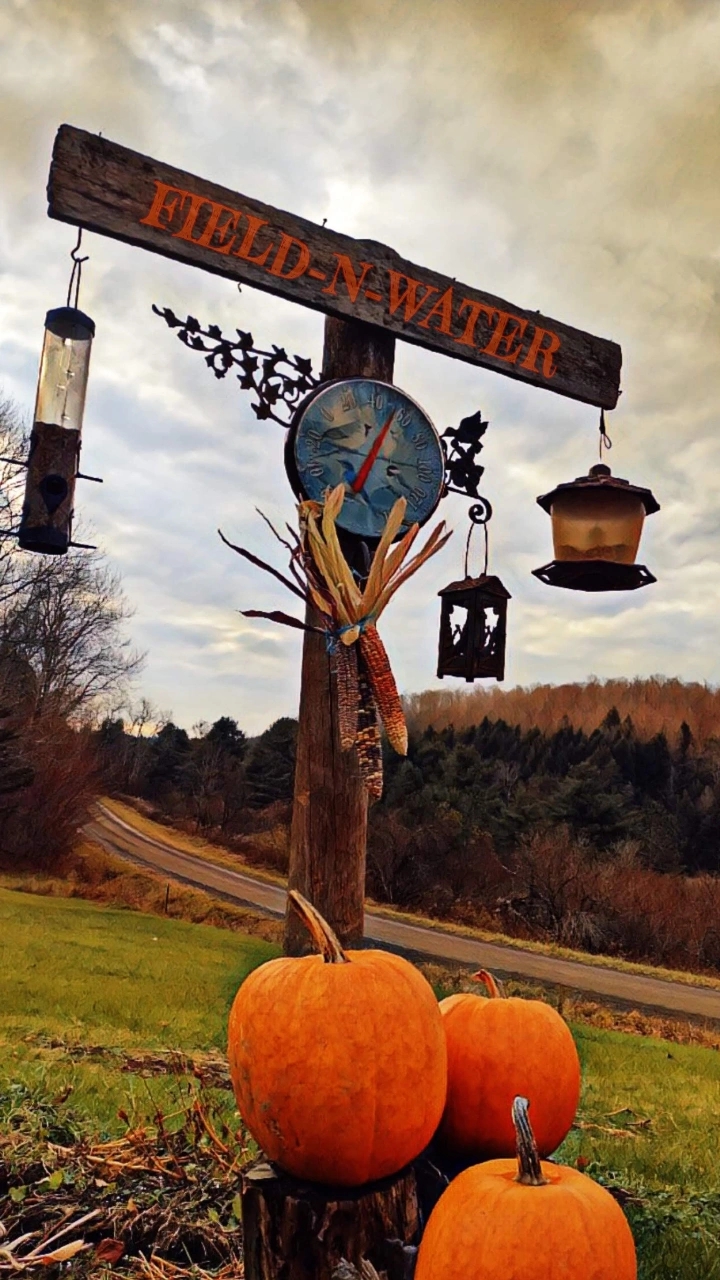
A Comprehensive Guide
The Red-bellied Woodpecker (Melanerpes carolinus) is a captivating and widely recognized woodpecker species found in North America. Known for its distinctive appearance and lively behaviors, this species has piqued the interest of bird enthusiasts and nature lovers. In this comprehensive guide, we will delve into the history, range, feeding habits, mating habits, and habitat preferences of the Red-bellied Woodpecker, shedding light on the fascinating aspects of this remarkable bird.
History Of The Red-bellied Woodpecker:
The Red-bellied Woodpecker has a rich history in North America. It was first described by the naturalist Carl Linnaeus in 1758. Despite itss odpecker is often concealed and less visible than its other notable features. The name “red-bellied” stems from the reddish hue found on the lower belly, which is more noticeable during courtship displays.
Range and Distribution:
The Red-bellied Woodpecker is predominantly found in the eastern and southeastern regions of North America, from the Great Lakes area in NY to the Gulf Coast. Their range extends from southern Canada down to parts of Florida and westward to Texas. These woodpeckers prefer forested habitats, including both deciduous and mixed forests, as well as wooded suburban areas. They are adaptable and have successfully expanded their range northward in recent decades.
Feeding Habits:
Red-bellied Woodpeckers are versatile foragers with a varied diet. They primarily feed on insects, including beetles, ants, and caterpillars, which they locate by drumming and probing on tree trunks and branches. They also consume fruits, nuts, seeds, and occasionally sap from trees. Their foraging behavior involves excavating holes in trees and using their long, sticky tongues to extract prey from crevices.

Mating Habits:
During the breeding season, Red-bellied Woodpeckers engage in courtship displays to establish pair bonds. These displays involve various behaviors, such as tapping on resonating surfaces, calling, and wing-flashing. They excavate cavities in dead or decaying trees for nesting, often reusing cavities from previous years. Both male and female contribute to cavity excavation and raising their young. Clutches typically consist of 3-7 white eggs, which are incubated for about two weeks. Both parents participate in feeding the nestlings until they fledge.
Habitat Preferences:
Red-bellied Woodpeckers favor mature forests with ample tree cover, including oak, maple, pine, and hickory. They also adapt well to wooded suburban areas, parks, and large gardens with suitable trees for foraging and nesting. These woodpeckers are known for their ability to thrive in diverse habitats, making them a common sight in both rural and urban landscapes.
Conservation Status:
The Red-bellied Woodpecker is not considered a species of concern and maintains stable populations throughout its range. Their adaptability to a range of habitats and ability to utilize human-altered environments have contributed to their success. However, it is crucial to preserve and maintain healthy forests and woodlands to ensure their continued presence and that of other bird species.
Conclusion:
The Red-bellied Woodpecker is an enchanting woodpecker species that captivates bird enthusiasts with its vibrant appearance, intriguing behaviors, and wide distribution in North America. By exploring its history, range, feeding habits, mating habits, and habitat preferences, we gain a deeper understanding of the ecological importance and beauty of this remarkable bird. Let us appreciate and protect the habitats

Leave a Reply
You must be logged in to post a comment.